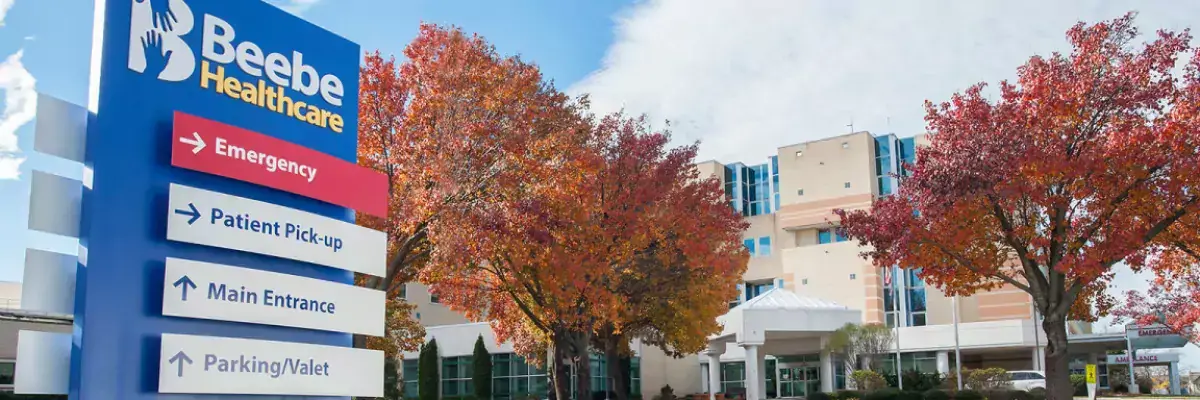Cardiovascular Services: Lead-less Pacemaker
The leadless pacemaker, which is 90% smaller than a transvenous pacemaker, is a self-contained generator and electrode system implanted directly into the right ventricle. The device is implanted via a femoral vein transcatheter approach; it requires no chest incision or subcutaneous generator pocket.
Who Is A Candidate for a Lead-less Pacemaker?
Patients who have a slow heartbeat or bradycardia may be candidates for a Pacemaker. All Pacemakers are required to be FDA approved. The traditional Pacemaker required wiring be connected, however newer Pacemakers, such as the lead-less Pacemaker are a great option because there are no wires. Currently, Beebe offers the single-chamber lead-less Pacemaker.
At this time, the lead-less pacemaker is an option only for patients with certain medical conditions and a slow heart rate (bradycardia) who need single-chamber pacing only. Your doctor can tell you if you are a candidate for a lead-less pacemaker after a review of your medical history, heart rhythm, and the results of medical tests. You may need an echocardiogram (ultrasound of the heart) or other noninvasive tests.
What are the Symptoms of Bradycardia?
You may have bradycardia or a slow heartbeat if you experience the following:
- Frequent fainting.
- Inexplicable fatigue (you get enough sleep and stay healthy, yet always feel tired)
- Inability to exercise, even lightly, without getting very winded.
- Frequent dizziness or lightheadedness.
- Heart palpitations or sudden, intense pounding in your chest (without exercise)
What can I expect during a Pacemaker procedure?
The new lead-less pacemakers are inserted through a small incision in your thigh. Using a catheter system, the pacemaker is threaded up to your heart and implanted.
By regulating the heart’s rhythm, a pacemaker can often eliminate the symptoms of bradycardia. This means individuals often have more energy and less shortness of breath. However, a pacemaker is not a cure. It will not prevent or stop heart disease, nor will it prevent heart attacks.
By regulating the heart’s rhythm, a pacemaker can often eliminate the symptoms of bradycardia. This means individuals often have more energy and less shortness of breath. However, a pacemaker is not a cure. It will not prevent or stop heart disease, nor will it prevent heart attacks.


